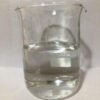The effectiveness of your products depends entirely on raw material quality. Low-quality ingredients won’t just fail—they can worsen pigmentation or cause safety issues.
What to Look For:
 Certificates of Analysis (COA) showing purity and identity
Certificates of Analysis (COA) showing purity and identity  Proper Storage (cool, dry, protected from light)
Proper Storage (cool, dry, protected from light)  Clear Documentation with INCI names and usage rates
Clear Documentation with INCI names and usage rates  Customer Support for formulation help
Customer Support for formulation help  Track Record with professional formulators
Track Record with professional formulators
At Sophix Natural, we provide these standards to over 5,000 beauty formulators across Nigeria. [Insert link to Shop page] Every raw material includes documentation, proper storage, and formulation support.
Quality Red Flags:
 Suspiciously low prices (indicates adulteration)
Suspiciously low prices (indicates adulteration)  No COAs or documentation
No COAs or documentation  Seller can’t answer technical questions
Seller can’t answer technical questions  Poor packaging exposing ingredients to light/air
Poor packaging exposing ingredients to light/air  No quality guarantee policy
No quality guarantee policy
Quick Troubleshooting Guide
Problem: No Results After 8+ Weeks
- ✓ Check sunscreen consistency (most common issue!)
- ✓ Verify active concentrations are adequate
- ✓ Test product pH
- ✓ Check for product degradation
- ✓ Consider deeper pigmentation needing professional treatment
Problem: Irritation or Sensitivity
- ✓ Reduce to one active at a time
- ✓ Lower concentrations
- ✓ Focus on barrier repair (cleanser + moisturizer + SPF only for 1-2 weeks)
- ✓ Add soothing Licorice Extract or Niacinamide
Your Action Plan: Start Fading Dark Spots Today
You now have the knowledge to tackle hyperpigmentation effectively. Here’s your next step:
1. Choose Your Primary Active:
- For sensitive skin: Start with Alpha Arbutin or Licorice Extract
- For acne-prone skin: Azelaic Acid or Niacinamide
- For stubborn melasma: Tranexamic Acid + Niacinamide
- For fast results: Kojic Acid (with caution)
2. Commit to Sun Protection: Purchase or formulate a broad-spectrum SPF 30+ sunscreen—this is 50% of your success.
3. Be Patient and Consistent: Mark your calendar for 12 weeks and take progress photos every 2 weeks.
4. Source Quality Ingredients: Don’t compromise on raw material quality. [Insert link to Contact page] Our team at Sophix Natural can help you select the right ingredients for your specific needs.
Ready to Transform Your Skin?
Whether you’re treating your own hyperpigmentation or formulating products for your beauty brand, these seven natural raw materials are your foundation for success.
Shop our complete range of brightening actives:
Need formulation help? [Insert link to Contact page] Our expert team supports over 5,000 formulators across Nigeria with guidance, troubleshooting, and ingredient selection.
Join our community of successful beauty entrepreneurs and skincare enthusiasts achieving real results with quality, natural ingredients.
[Insert link to Blog for more formulation guides]
Free Shipping Available | Same-Day Lagos Delivery | Quality Guaranteed
Remember: Beautiful, even-toned skin is a journey, not a destination. Start today with the right ingredients, stay consistent, and protect your skin daily. Your radiant, confident complexion is waiting.

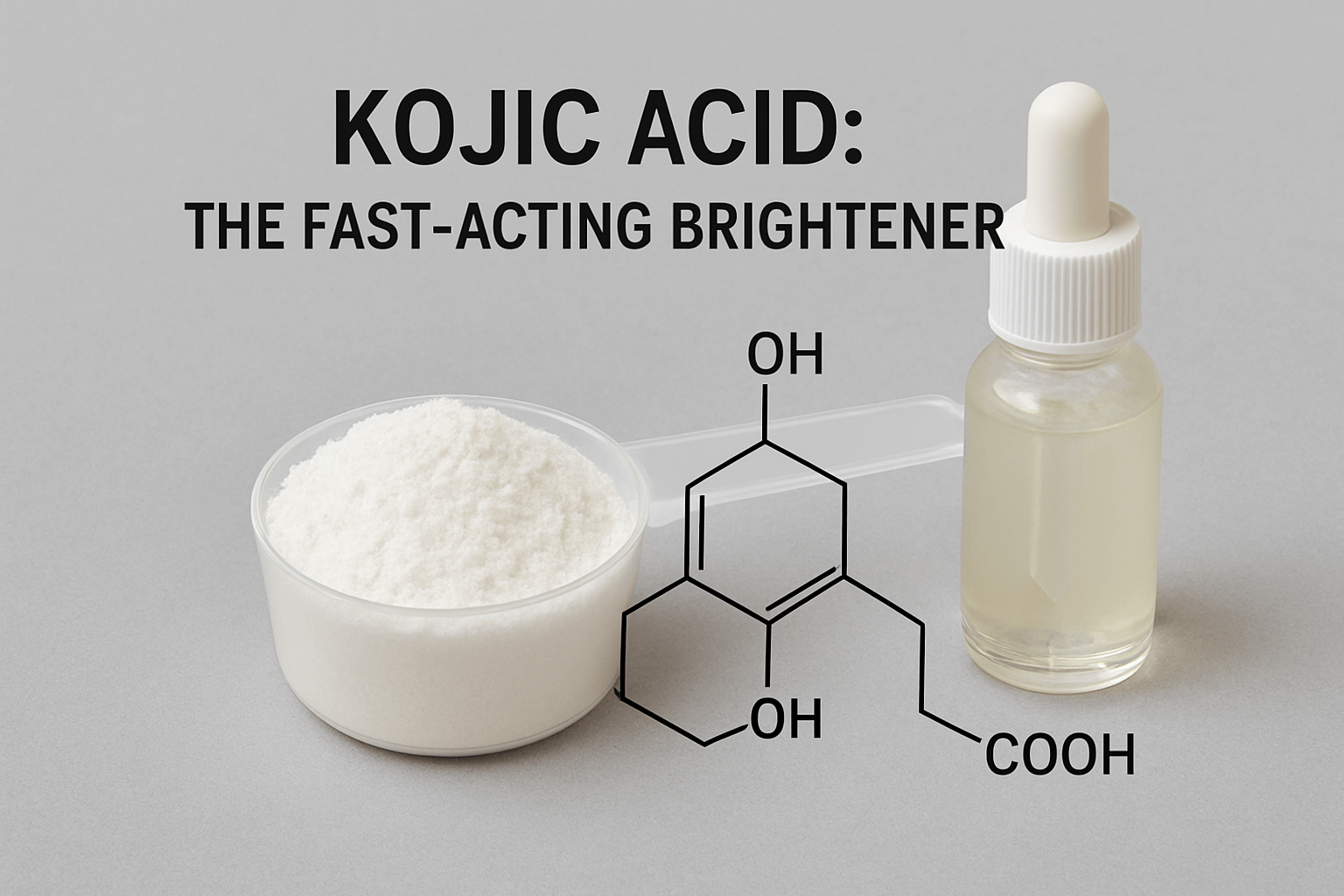
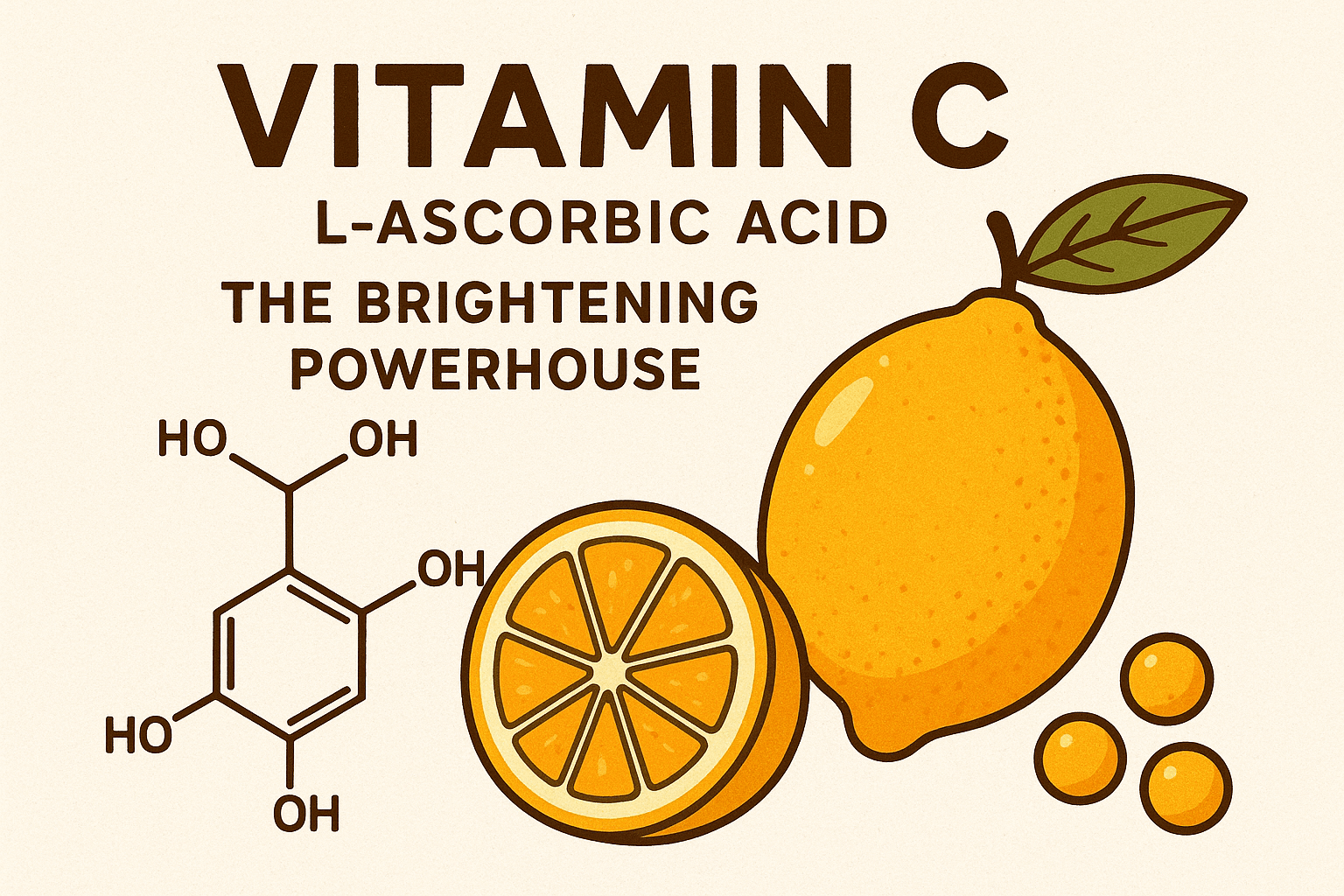

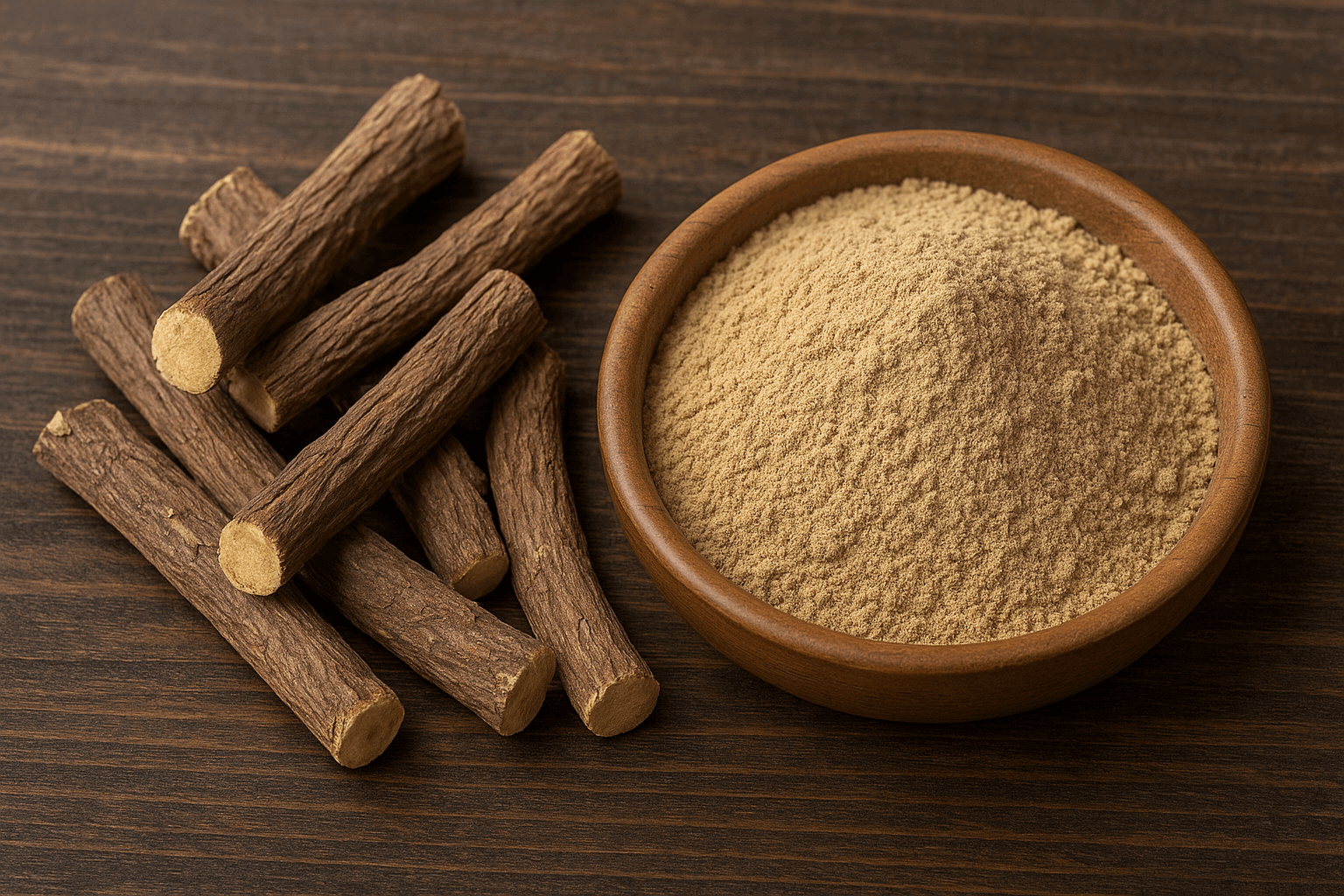

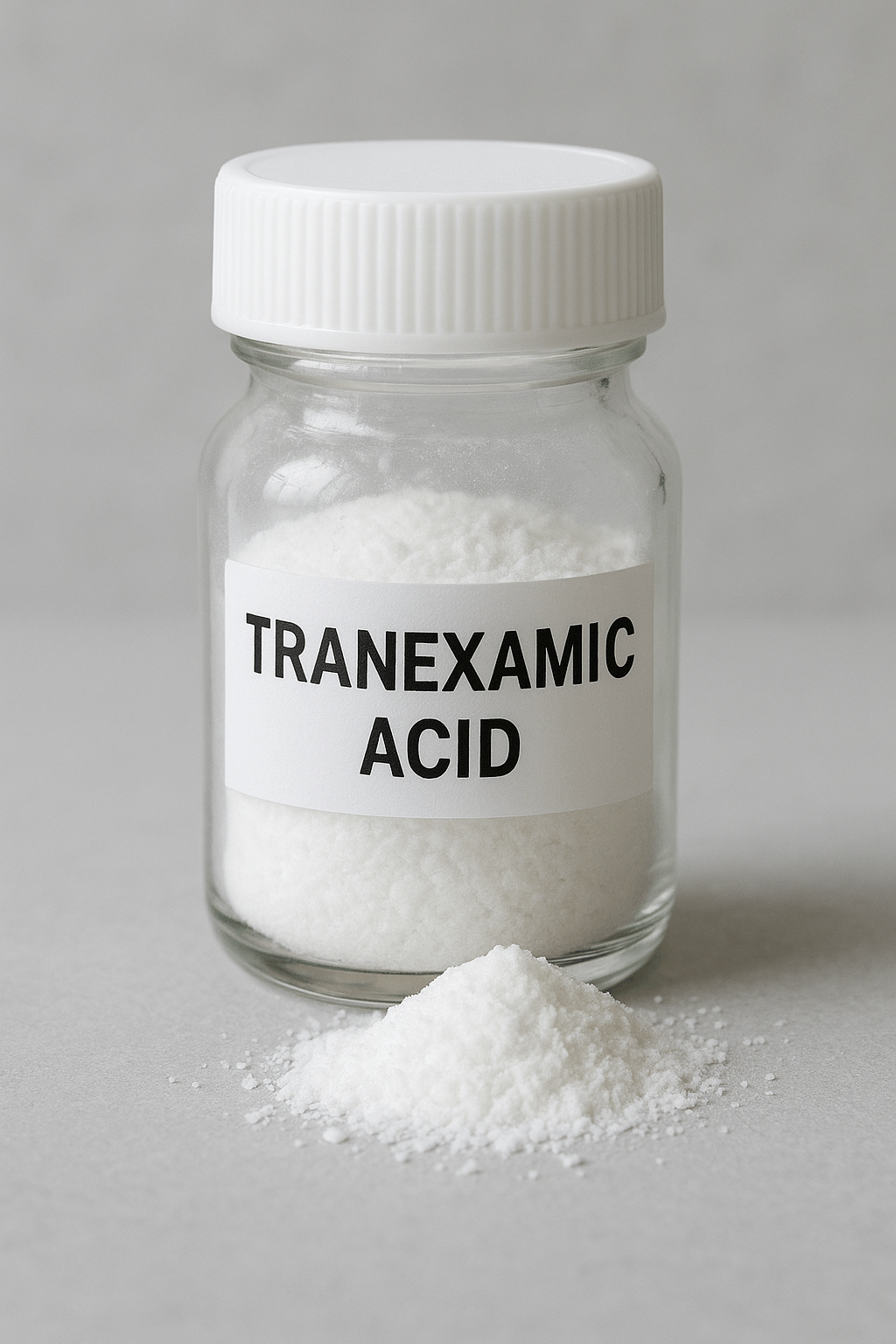
 Great Together:
Great Together: Use Carefully:
Use Carefully: Suspiciously low prices (indicates adulteration)
Suspiciously low prices (indicates adulteration) 



